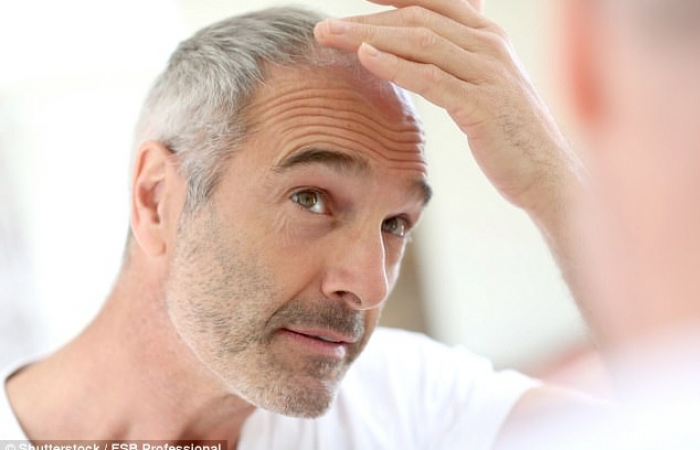Though the research was undertaken using scalp tissue in a laboratory, the scientists behind the discovery say they could be on the cusp of effectively treating hair loss.
As trials are already underway to assess how this product performs in human volunteers, the team say they are “not far” from making the transition from the lab to the baldness clinic.
“This is actually a rather amazing finding,” Professor Ralf Paus, a scientist at the University of Manchester who led the research, told The Independent.
“This is the first time ever that it has been shown that the remodelling of a normal human mini-organ [a hair] can be regulated by a simple, cosmetically widely-used odorant.”
To achieve these results, the scientists tapped into an ancient chemical pathway found in hair follicles that allowed them to both slow down the death of these precious structures and promote their growth.
They did this using an unlikely substance known as Sandalore, a chemical produced to recreate the smell of sandalwood, which is often used to make perfumes and soaps.
Smell is a sensation triggered when molecules of “odorant” chemicals are recognised by special cells in the nose, but the processes underpinning this phenomenon are not confined to the nasal passages.
In fact, the same chemical pathways help regulate a range of other cell functions in the body, including hair growth.
The researchers focused on a receptor called OR2AT4, which is known to be stimulated by Sandalore, and which can be found in the outer layer of hair follicles.
They found that by applying their synthetic sandalwood odorant to scalp tissue they could both increase hair growth and decrease cell death. This was enough to generate the “substantial, clinically relevant functional hair growth effects” , as documented in their Nature Communications paper.
Intriguingly, the results suggest that human hair follicles can “smell”, in the sense that they make use of ancient smell receptors to control key functions such as growth.
With millions of men and women in the UK affected by hair loss, demand for a “baldness cure” is high. Despite some promising studies over the years, many do not make it beyond the confines of the research lab.
According to Professor Paus, however, his latest discovery is “not far at all” from being applied in a clinical context for hair loss.
“Sandalore is already offered as a cosmetic product in Italy by the company that has co-sponsored the current study,” he said.
“A very small, short and preliminary clinical pilot study performed by an independent CRO [contract research organisation] in 20 female volunteers with topical Sandalore has already suggested a reduction of daily hair loss.”
Now, the researchers have a larger scale, professionally-controlled clinical trial underway, and they expect to see results by the beginning of next year.
Dr Nicola Clayton of the British Association of Dermatologists, who was not involved in the study, said: “It is a fascinating concept that the human hair follicle, as the authors put it, can “smell” by utilising an olfactory receptor.”
She said the group’s data was “very exciting”, although noted that from clinical perspective she could only speculate about the extent to which such a treatment would improve outcomes for patients.
More about: baldness
















































